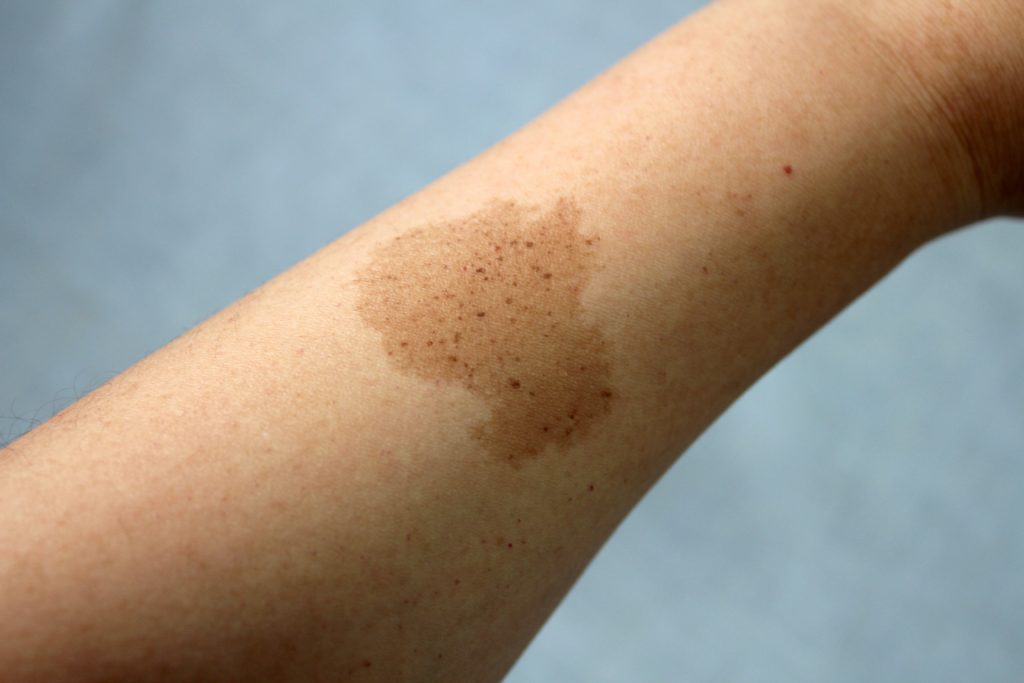Moles & Birthmarks
What are moles?
Moles, also known as nevi, are very common. According to the American Academy of Dermatology, almost all adults have somewhere between 10-40 moles that typically appear during childhood and early adolescence. Heredity plays a large role in your skin and moles.
Common (normal) moles are circular in shape and symmetrical. They are one color (usually tan or brown) and do not change in size, shape, or color over time. They are usually not cause for concern, however you may be at a greater risk of developing melanoma if you have a lot of moles and/or a family history of skin cancer. That is why it is important to monitor your skin at home and keep a record of any changes, or any new moles that appear. Pay extra close attention to moles that:
- Are larger than six millimeters in diameter
- Itch or bleed
- Change rapidly in color, size, and/or shape
- Display multiple colors
As these can be a sign of skin cancer.
How do you get rid of moles?
Staying on top of your regular full body skin exams is key to early detection of skin cancer and other skin diseases. We offer several different treatment options for the removal of moles. Treatment depends on various factors such as size, type, location, and more.
What does a cancerous mole look like?
Cancerous moles vary in appearance, but there are a few key things to look for. The AAD abcde gudielines make monitoring your moles easy. Asymmetry, border irregularity, color variation, diameter (size), and evolution. if and how a mole changes. Visit the AAD abcde’s of melanoma for more information.
What causes a mole to suddenly appear?
There are several reasons that cause a mole to appear suddenly such as sun exposure, hormonal changes, genetics, trauma to the skin, age, and immune system changes. It is essential to monitor your skin for any new or changing moles, and make an appointment with us if a new mole suddenly appears.

What are birthmarks?
Birthmarks are also common, and typically not a cause for concern. They appear at birth or shortly thereafter and may fade over time. They range in size and color and can be raised or flat. While there are many different types of birthmarks, generally we categorize birthmarks as vascular, or pigmented.
Treatment is not usually needed for birthmarks, however, depending on the patient’s age and other factors, removal may be an option for some patients.
Concerned about a mole or birthmark? Call us to schedule an appointment!

